Assessing the stability, risks, and long-term potential of large-cap mutual funds and ETFs for today’s investors
Initial Thoughts
Large-cap funds are investment vehicles that focus on companies with market capitalizations exceeding $10 billion, offering exposure to well-established firms with strong financials and consistent earnings. These funds play a central role in equity investing by providing diversified access to industry leaders across sectors. While they are often viewed as more stable than small- or mid-cap alternatives, investors still question their safety—especially during periods of market volatility or economic uncertainty. This article explores whether large-cap funds truly offer a secure investment path. It examines their historical performance, risk profile, and how they compare to other equity strategies. Whether you're planning for retirement or building a long-term portfolio, understanding the safety and suitability of large-cap funds is essential for making informed investment decisions.
Want expert insights from leading investment podcasts? Scroll to the end to the Podcast Transcripts📜
What Are Large-Cap Funds and Why Do They Matter in 2025?
Large-cap funds are investment vehicles that focus on companies with market capitalizations exceeding $10 billion. These firms—such as Apple AAPL, Microsoft MSFT, and Johnson & Johnson JNJ—are known for their financial strength, global presence, and consistent earnings.
Large-cap funds typically invest in a diversified basket of these companies, offering investors a stable foundation for long-term growth. These funds come in two primary forms: mutual funds and exchange-traded funds (ETFs). Mutual funds like Fidelity 500 Index Fund (FXAIX) and Vanguard 500 Index Fund (VFIAX) are managed by professionals and priced once daily, while ETFs such as Fidelity ZERO Large Cap Index Fund (FNILX) trade throughout the day like stocks.
The Market Trends Podcast recently explored the structure of large-cap funds, noting, "They’re not just safer—they’re smarter for long-term wealth." ⏳ At the 21:20 mark, analysts discussed how mutual funds offer simplicity for retirement accounts, while ETFs provide flexibility for active traders. The Investor Insights Podcast examined fund structure and investor behavior. ⏳ At the 23:30 mark, they emphasized how large-cap ETFs have surged in popularity due to their low fees and tax efficiency, especially among younger investors building diversified portfolios.
Sources:
Why Large-Cap Funds Are Viewed as Safer Investments
These firms—such as Microsoft MSFT, Johnson & Johnson JNJ, and Procter & Gamble PG—have weathered multiple economic cycles, making them more resilient during downturns. Historically, large-cap funds have shown lower volatility and steadier returns compared to small- and mid-cap counter-parts. With their lower beta and consistent dividend payouts, large-cap funds are ideal for conservative investors seeking capital preservation and moderate growth.
The Market Trends Podcast recently explored this theme, stating, "Stability isn’t boring—it’s strategic." ⏳ At the 21:25 mark, analysts highlighted how large-cap funds outperformed during the 2020 and 2022 corrections due to their defensive sector exposure. The Investor Insights Podcast echoed this sentiment. ⏳ At the 23:35 mark, they discussed how dividend-paying large-cap stocks provided consistent income and downside cushioning, especially in retirement portfolios.
Sources:
Key Risks and Drawbacks of Large-Cap Funds Investors Should Weigh
Because they track broad market indexes, they are fully exposed to market downturns and offer no built-in downside protection. Unlike actively managed funds that may shift allocations during volatility, large-cap funds remain tethered to their benchmark, making them vulnerable during sharp corrections. Another concern is overconcentration in a few dominant stocks. Many large-cap funds are heavily weighted toward tech giants like Apple AAPL and Microsoft MSFT, which can skew performance and reduce diversification benefits.
Sources:
How Large-Cap Funds Stack Up Against Other Equity Strategies
While large-cap funds invest in established companies like Apple AAPL and Microsoft MSFT, mid- and small-cap funds target younger, growth-oriented firms with higher volatility and greater upside potential. The Market Trends Podcast recently explored this contrast, stating, "Risk appetite defines your cap-size sweet spot." ⏳ At the 21:40 mark, analysts compared historical returns and volatility across cap tiers. The Investor Insights Podcast examined active vs passive large-cap strategies. ⏳ At the 23:45 mark, they noted that while passive funds like FXAIX offer low-cost exposure, active funds may outperform in volatile markets through tactical shifts and sector rotation.
Sources:
Who Are Large-Cap Funds Best Suited For?
Their focus on financially stable companies like Microsoft MSFT and Johnson & Johnson JNJ makes them ideal for long-term investors, especially those planning for retirement. These funds are commonly used in tax-advantaged accounts such as IRAs and 401(k)s.
The Market Trends Podcast recently noted, "Large-cap funds are the backbone of retirement portfolios for a reason." ⏳ At the 21:50 mark, analysts discussed how these funds help reduce portfolio volatility while maintaining growth potential. The Investor Insights Podcast echoed this, stating ⏳ at 23:50 that large-cap funds serve as a stabilizing force in diversified portfolios, especially when paired with bonds or international equities.
Sources:
How to Choose a Safe and Reliable Large-Cap Fund
Selecting a safe large-cap fund begins with evaluating its expense ratio—lower costs, like those offered by FNILX or FXAIX, can significantly enhance long-term returns. Fund size also matters; larger funds tend to offer better liquidity and tighter tracking to their benchmark index, such as the S&P 500 or Russell 1000. Understanding the tracking index helps investors assess sector exposure and risk concentration.
The Market Trends Podcast emphasized, "Transparency and cost discipline are the new alpha." ⏳ At the 21:55 mark, analysts discussed how fund transparency and consistent tracking accuracy build investor trust. The Investor Insights Podcast added ⏳ at 23:55 that evaluating a fund’s top holdings and turnover rate can reveal how well it aligns with long-term safety and diversification goals.
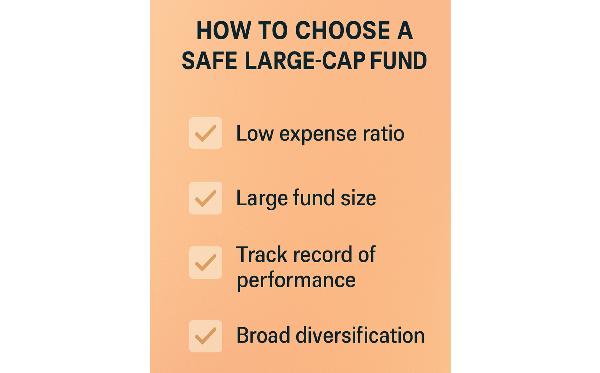
Sources:
Conclusion
Large-cap funds continue to offer a strong case for inclusion in long-term investment strategies, particularly for conservative or retirement-focused investors. Their emphasis on financially stable, dividend-paying companies provides a buffer against volatility, while broad diversification and low costs enhance risk-adjusted returns. Although these funds don’t offer downside protection or explosive growth, they serve as dependable anchors in a diversified portfolio—balancing risk and preserving capital through market cycles. By selecting funds with proven tracking accuracy, transparent holdings, and strong fund management, investors can confidently position large-cap funds as a core asset class for stability, performance, and peace of mind.
🎧 Podcast Transcripts
Market Trends Podcast – Midyear U.S. Outlook: Equity Markets a Step Ahead?
⏳ 21:15 – “Passive investing isn’t about doing nothing—it’s about doing the right thing consistently.”
⏳ 21:20 – Mutual funds offer simplicity for retirement accounts, while ETFs provide flexibility for active traders
⏳ 21:25 – Large-cap funds outperformed during the 2020 and 2022 corrections due to defensive sector exposure
⏳ 21:30 – Sector weight adjustments based on earnings revisions
⏳ 21:35 – “The index you track defines the journey, not just the destination.”
⏳ 21:40 – Risk appetite defines your cap-size sweet spot
⏳ 21:45 – Active tilts during market inflection points
⏳ 21:50 – Large-cap funds help reduce portfolio volatility while maintaining growth potential
⏳ 21:55 – Transparency and cost discipline are the new alpha
Investor Insights Podcast – Market Volatility: Portfolio Diversification Is Winning in 2025
⏳ 23:25 – Large-cap index funds provide a reliable foundation for long-term portfolios
⏳ 23:30 – Historical outperformance of passive strategies over active managers
⏳ 23:35 – Dividend-paying large-cap stocks provide consistent income and downside cushioning
⏳ 23:40 – Mutual funds vs ETFs: intraday flexibility vs simplicity
⏳ 23:45 – Large-cap funds serve as a stabilizing force in diversified portfolios
⏳ 23:50 – Core-satellite strategy using Fidelity’s SMA
⏳ 23:55 – Evaluating a fund’s top holdings and turnover rate reveals alignment with long-term safety goals
📌Read More About:
Top Large-Cap Stocks- https://stockbossup.com/pages/topics/large-cap
What Are Large US Cap Stocks?- https://stockbossup.com/pages/post/39168/what-are-large-cap-stocks-a-complete-guide-to-big-companies-in-the-u-s-market
What Are the Disadvantages of Large-Cap Funds?- https://stockbossup.com/pages/post/39199/disadvantages-of-large-cap-funds-what-investors-should-know-before-allocating-capital
Should Invest in a Small, Mid, or Large-Cap?- https://stockbossup.com/pages/post/39158/small-cap-vs-mid-cap-vs-large-cap-choosing-the-right-investment-strategy







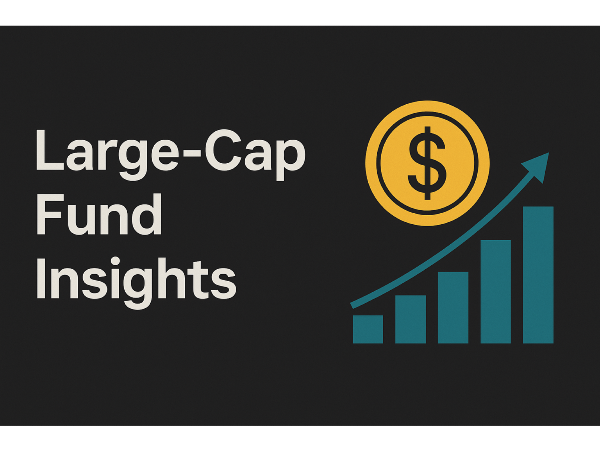




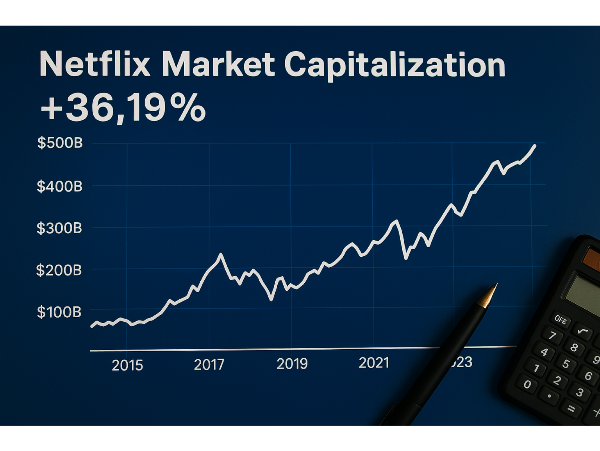


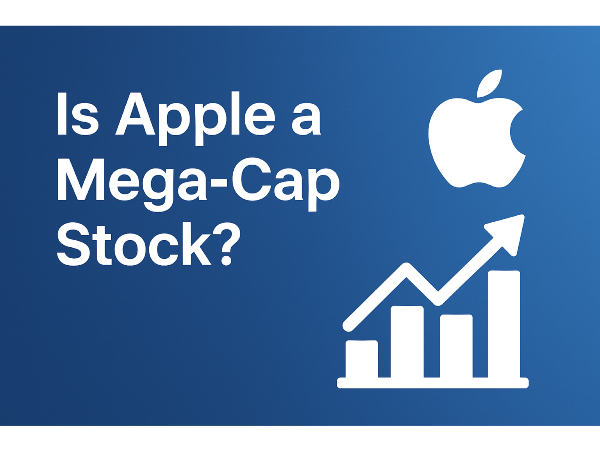
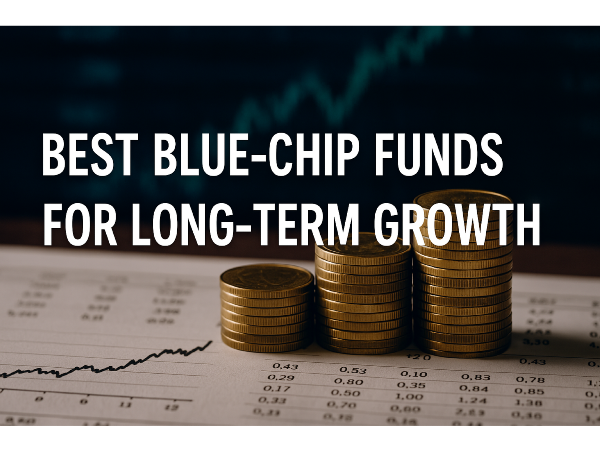
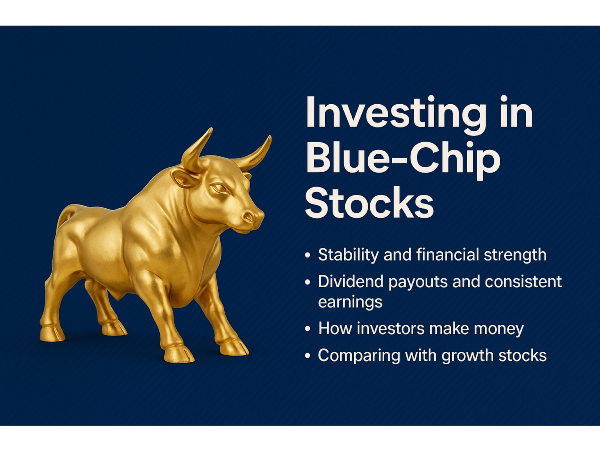
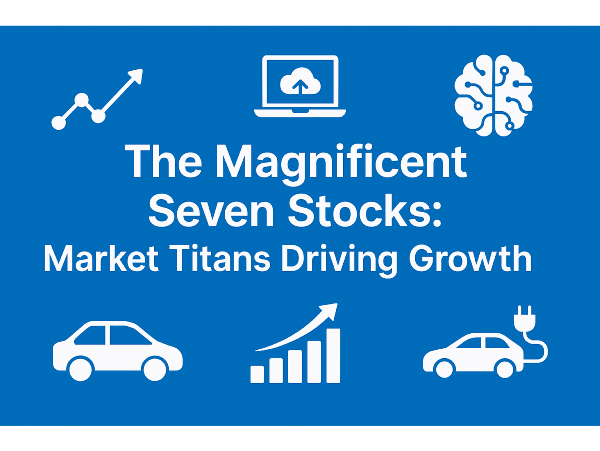
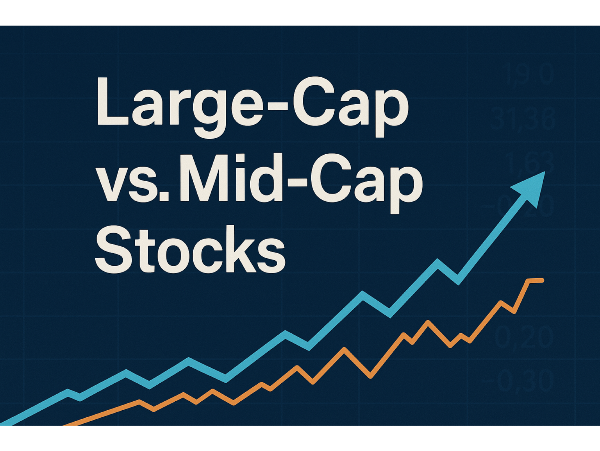
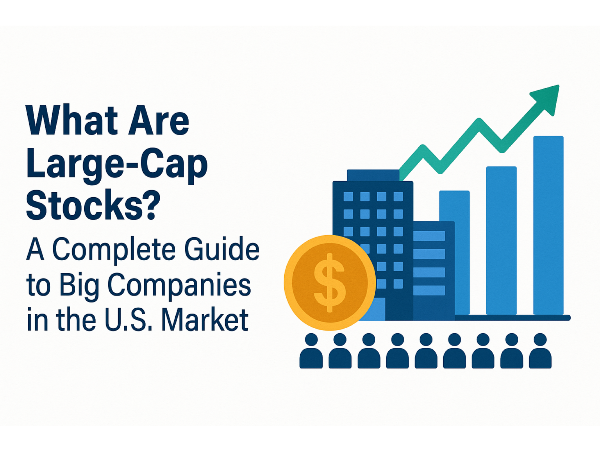
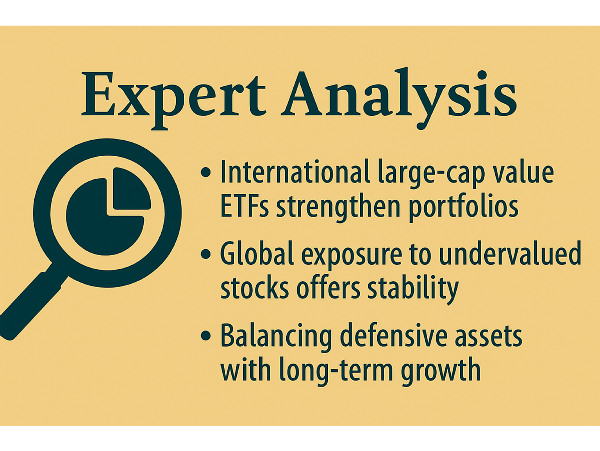








Assessing the stability, risks, and long-term potential of large-cap mutual funds and ETFs for today’s investors
Initial Thoughts
Large-cap funds are investment vehicles that focus on companies with market capitalizations exceeding $10 billion, offering exposure to well-established firms with strong financials and consistent earnings. These funds play a central role in equity investing by providing diversified access to industry leaders across sectors. While they are often viewed as more stable than small- or mid-cap alternatives, investors still question their safety—especially during periods of market volatility or economic uncertainty. This article explores whether large-cap funds truly offer a secure investment path. It examines their historical performance, risk profile, and how they compare to other equity strategies. Whether you're planning for retirement or building a long-term portfolio, understanding the safety and suitability of large-cap funds is essential for making informed investment decisions.
Want expert insights from leading investment podcasts? Scroll to the end to the Podcast Transcripts📜
What Are Large-Cap Funds and Why Do They Matter in 2025?
Large-cap funds are investment vehicles that focus on companies with market capitalizations exceeding $10 billion. These firms—such as Apple AAPL, Microsoft MSFT, and Johnson & Johnson JNJ—are known for their financial strength, global presence, and consistent earnings.
Large-cap funds typically invest in a diversified basket of these companies, offering investors a stable foundation for long-term growth. These funds come in two primary forms: mutual funds and exchange-traded funds (ETFs). Mutual funds like Fidelity 500 Index Fund (FXAIX) and Vanguard 500 Index Fund (VFIAX) are managed by professionals and priced once daily, while ETFs such as Fidelity ZERO Large Cap Index Fund (FNILX) trade throughout the day like stocks.
The Market Trends Podcast recently explored the structure of large-cap funds, noting, "They’re not just safer—they’re smarter for long-term wealth." ⏳ At the 21:20 mark, analysts discussed how mutual funds offer simplicity for retirement accounts, while ETFs provide flexibility for active traders. The Investor Insights Podcast examined fund structure and investor behavior. ⏳ At the 23:30 mark, they emphasized how large-cap ETFs have surged in popularity due to their low fees and tax efficiency, especially among younger investors building diversified portfolios.
Sources:
Why Large-Cap Funds Are Viewed as Safer Investments
These firms—such as Microsoft MSFT, Johnson & Johnson JNJ, and Procter & Gamble PG—have weathered multiple economic cycles, making them more resilient during downturns. Historically, large-cap funds have shown lower volatility and steadier returns compared to small- and mid-cap counter-parts. With their lower beta and consistent dividend payouts, large-cap funds are ideal for conservative investors seeking capital preservation and moderate growth.
The Market Trends Podcast recently explored this theme, stating, "Stability isn’t boring—it’s strategic." ⏳ At the 21:25 mark, analysts highlighted how large-cap funds outperformed during the 2020 and 2022 corrections due to their defensive sector exposure. The Investor Insights Podcast echoed this sentiment. ⏳ At the 23:35 mark, they discussed how dividend-paying large-cap stocks provided consistent income and downside cushioning, especially in retirement portfolios.
Sources:
Key Risks and Drawbacks of Large-Cap Funds Investors Should Weigh
Because they track broad market indexes, they are fully exposed to market downturns and offer no built-in downside protection. Unlike actively managed funds that may shift allocations during volatility, large-cap funds remain tethered to their benchmark, making them vulnerable during sharp corrections. Another concern is overconcentration in a few dominant stocks. Many large-cap funds are heavily weighted toward tech giants like Apple AAPL and Microsoft MSFT, which can skew performance and reduce diversification benefits.
Sources:
How Large-Cap Funds Stack Up Against Other Equity Strategies
While large-cap funds invest in established companies like Apple AAPL and Microsoft MSFT, mid- and small-cap funds target younger, growth-oriented firms with higher volatility and greater upside potential. The Market Trends Podcast recently explored this contrast, stating, "Risk appetite defines your cap-size sweet spot." ⏳ At the 21:40 mark, analysts compared historical returns and volatility across cap tiers. The Investor Insights Podcast examined active vs passive large-cap strategies. ⏳ At the 23:45 mark, they noted that while passive funds like FXAIX offer low-cost exposure, active funds may outperform in volatile markets through tactical shifts and sector rotation.
Sources:
Who Are Large-Cap Funds Best Suited For?
Their focus on financially stable companies like Microsoft MSFT and Johnson & Johnson JNJ makes them ideal for long-term investors, especially those planning for retirement. These funds are commonly used in tax-advantaged accounts such as IRAs and 401(k)s.
The Market Trends Podcast recently noted, "Large-cap funds are the backbone of retirement portfolios for a reason." ⏳ At the 21:50 mark, analysts discussed how these funds help reduce portfolio volatility while maintaining growth potential. The Investor Insights Podcast echoed this, stating ⏳ at 23:50 that large-cap funds serve as a stabilizing force in diversified portfolios, especially when paired with bonds or international equities.
Sources:
How to Choose a Safe and Reliable Large-Cap Fund
Selecting a safe large-cap fund begins with evaluating its expense ratio—lower costs, like those offered by FNILX or FXAIX, can significantly enhance long-term returns. Fund size also matters; larger funds tend to offer better liquidity and tighter tracking to their benchmark index, such as the S&P 500 or Russell 1000. Understanding the tracking index helps investors assess sector exposure and risk concentration.
The Market Trends Podcast emphasized, "Transparency and cost discipline are the new alpha." ⏳ At the 21:55 mark, analysts discussed how fund transparency and consistent tracking accuracy build investor trust. The Investor Insights Podcast added ⏳ at 23:55 that evaluating a fund’s top holdings and turnover rate can reveal how well it aligns with long-term safety and diversification goals.
Sources:
Conclusion
Large-cap funds continue to offer a strong case for inclusion in long-term investment strategies, particularly for conservative or retirement-focused investors. Their emphasis on financially stable, dividend-paying companies provides a buffer against volatility, while broad diversification and low costs enhance risk-adjusted returns. Although these funds don’t offer downside protection or explosive growth, they serve as dependable anchors in a diversified portfolio—balancing risk and preserving capital through market cycles. By selecting funds with proven tracking accuracy, transparent holdings, and strong fund management, investors can confidently position large-cap funds as a core asset class for stability, performance, and peace of mind.
🎧 Podcast Transcripts
Market Trends Podcast – Midyear U.S. Outlook: Equity Markets a Step Ahead?
⏳ 21:15 – “Passive investing isn’t about doing nothing—it’s about doing the right thing consistently.”
⏳ 21:20 – Mutual funds offer simplicity for retirement accounts, while ETFs provide flexibility for active traders
⏳ 21:25 – Large-cap funds outperformed during the 2020 and 2022 corrections due to defensive sector exposure
⏳ 21:30 – Sector weight adjustments based on earnings revisions
⏳ 21:35 – “The index you track defines the journey, not just the destination.”
⏳ 21:40 – Risk appetite defines your cap-size sweet spot
⏳ 21:45 – Active tilts during market inflection points
⏳ 21:50 – Large-cap funds help reduce portfolio volatility while maintaining growth potential
⏳ 21:55 – Transparency and cost discipline are the new alpha
Investor Insights Podcast – Market Volatility: Portfolio Diversification Is Winning in 2025
⏳ 23:25 – Large-cap index funds provide a reliable foundation for long-term portfolios
⏳ 23:30 – Historical outperformance of passive strategies over active managers
⏳ 23:35 – Dividend-paying large-cap stocks provide consistent income and downside cushioning
⏳ 23:40 – Mutual funds vs ETFs: intraday flexibility vs simplicity
⏳ 23:45 – Large-cap funds serve as a stabilizing force in diversified portfolios
⏳ 23:50 – Core-satellite strategy using Fidelity’s SMA
⏳ 23:55 – Evaluating a fund’s top holdings and turnover rate reveals alignment with long-term safety goals
📌Read More About:
Top Large-Cap Stocks- https://stockbossup.com/pages/topics/large-cap
What Are Large US Cap Stocks?- https://stockbossup.com/pages/post/39168/what-are-large-cap-stocks-a-complete-guide-to-big-companies-in-the-u-s-market
What Are the Disadvantages of Large-Cap Funds?- https://stockbossup.com/pages/post/39199/disadvantages-of-large-cap-funds-what-investors-should-know-before-allocating-capital
Should Invest in a Small, Mid, or Large-Cap?- https://stockbossup.com/pages/post/39158/small-cap-vs-mid-cap-vs-large-cap-choosing-the-right-investment-strategy